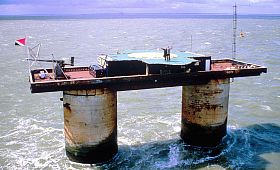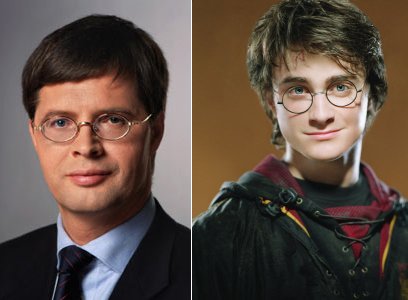Michael Caine’s real name is Maurice Joseph Micklewhite.
He originally took the stage name Michael Scott, but his agent learned that another actor was using it and asked him to choose another one quickly.
Caine was standing in a phone booth in London’s Leicester Square. He looked around, saw The Caine Mutiny playing at the Odeon cinema, and suggested Michael Caine.
He once told an interviewer that if he had looked the other way, he would be known as “Michael One Hundred and One Dalmatians.”



